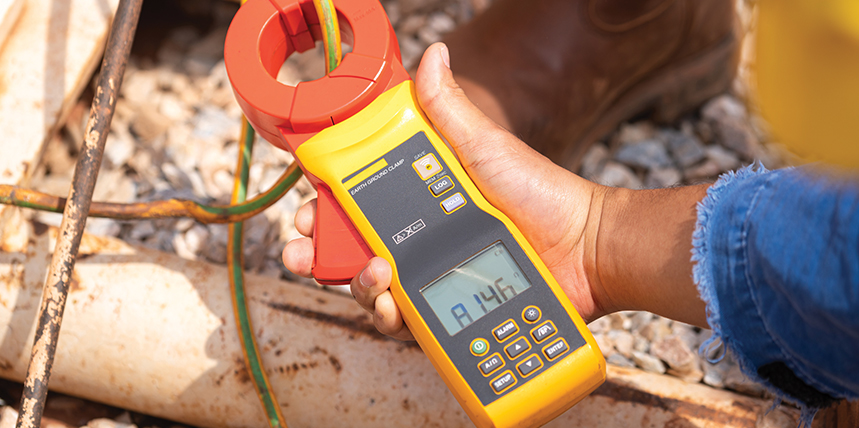Soil — most think, “Hey, it’s just dirt,” but when it comes to electricity, soil becomes more complex. Electrical resistivity (resistance to current flow) is one characteristic of soil that requires specific knowledge regarding testing and application in grounding system design. Soil is made up of combinations of clay, sand, loam, and various types of rocks. These components have differing …
Workforce Development
Employers must ensure that competent and qualified workers complete electrical work. Focusing on work development is a key part of ensuring your organization meets the qualification requirements. NETA’s Electrical Testing Technician (ETT) certification program helps companies gauge the competency of their electrical workers. 1. How many levels of technician certification does NETA define?a. Threeb. Fourc. Fived. Six 2. Which of …
The Dos and Don’ts of Electrical Equipment Lubrication
Switching devices must be adequately lubricated so they operate smoothly and efficiently as designed. This helps ensure a safe environment for employees working with, on, or near the equipment. Many things must be taken into consideration when selecting a lubricant for electrical equipment. Let’s take a look at some of those factors. First, the correct type of lubricant must be …
The Case for On-Line Assessments
Asset failures versus time are often non-linear. As assets degrade over time, the degree of degradation and the rate of degradation often increase. If asset degradation were linear, the rate of degradation would be constant. This implies that an asset, such as a circuit breaker, could function properly for approximately 30 years, develop a detectable defect at year 31, and …
Be the Hunter: Outsmart the Killer that Never Sleeps
Electricity doesn’t take breaks. It doesn’t sleep. It doesn’t care how experienced you are, how close you are to retirement, or how many safety meetings you’ve sat through. It’s always there…silent, invisible, and deadly. And it’s always hunting. If that sounds dramatic, good. It should. Because electricity kills, and it only takes one mistake. One missed step. One lapse in …
Tackling the Challenge of Workforce Development
In this issue of NETA World, we tackle one of the most pressing challenges facing our industry today: workforce development. Across the electrical testing industry, companies are grappling with how to staff critical projects while pursuing ambitious growth goals. The talent gap is real and growing. Organizations must balance workforce transitions, technological adaptation, and cultural shifts to remain competitive and attract, …
Comparing Clamp-On and Traditional Ground Testers
Everyone has heard stale jokes about not reading instructions until it becomes a last resort. With many electrical test instruments, experience or general familiarity can at least get you started. But with ground testing, taking the new instrument out of the box and trying to figure out how to run the test will get you nowhere. There is nothing intuitive …
NFPA 70E
Working on or around electrical equipment can expose workers to significant hazards. NFPA 70E,® Standard for Electrical Safety in the Workplace® is an electrical safety standard written specifically to keep workers safe from these hazards. As NETA Certified Technicians, it is critical that we understand the information within this standard and apply it to our work activities. Editor’s note: 70E® and Standard …
Pre-Job Briefings
Protection from hazards always begins with paying attention to the 6 Ps: Proper Prior Planning Prevents Poor Performance. One of the most important tools for planning a job correctly and thoroughly includes using a pre-job briefing, more commonly called a PJB. In some industries such as construction, this may be known as a tailgate or tailboard; in others, it is …
Transformer Differential Logic to Prevent Unwanted Trips during CT Saturation for External Faults
Modern numerical transformer protection relays have powerful logic to prevent unwanted tripping on phase differential during CT saturation for external faults. This article analyzes this logic for a typical application. To demonstrate these protection features, we will simulate the low-side fault current for an out-of-zone fault using the IEEE PSRC CT Saturation Calculator. Note that this type of exercise is …









